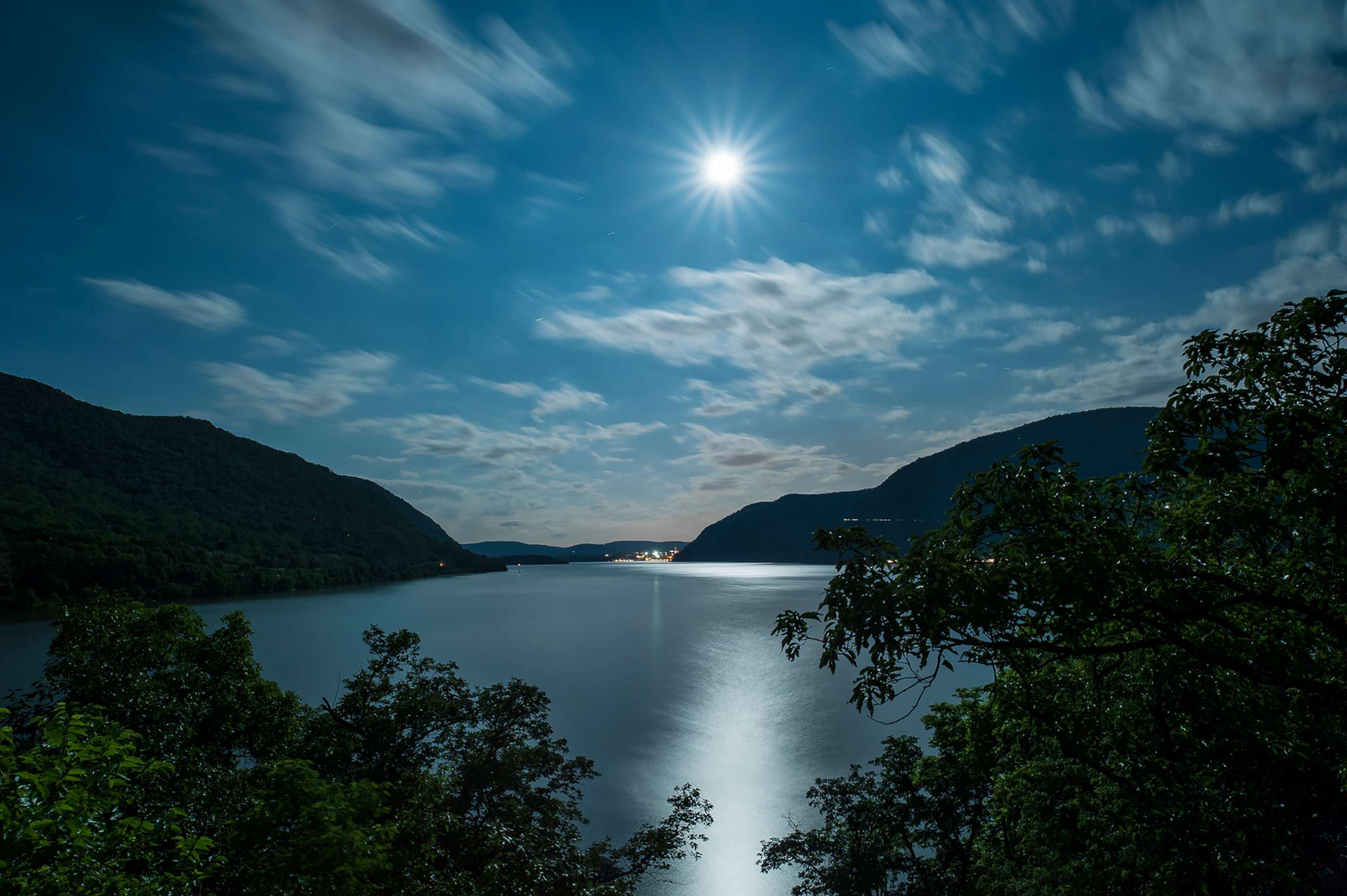Expert tips on how to watch, photograph Wednesday's super blue blood moon
You may have to put the smartphone down to get the most Instagram-worthy shot.
— -- ABC News will begin live streaming coverage of the Super Blue Blood Moon on Wednesday morning starting at 5:30 a.m. ET. Live reports from Southeast Asia, the Hawaiian islands and the western U.S., as well as footage from NASA and the Virtual Telescope Project will give viewers a front-row seat to the action.
Tune in on ABCNews.com and on the ABC News app!
Star gazers in about half of the continental United States are rising early to witness a trifecta of celestial events on Wednesday morning.
The super blue blood moon is a "really stunning event," Noah Petro, a scientist for the NASA Goddard Space Flight Center, told ABC News. "It's gonna be a pretty spectacular sight to see."
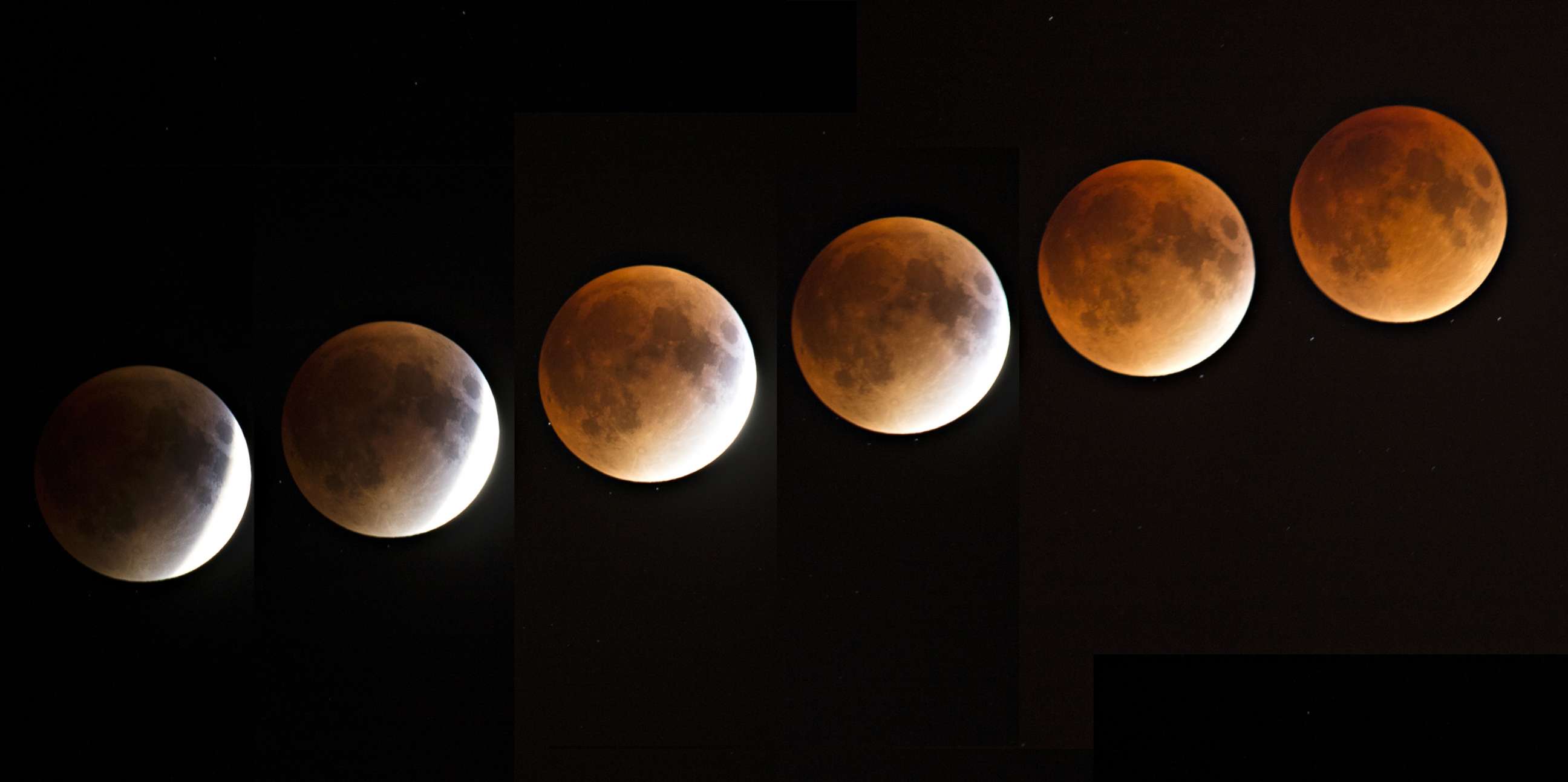
Here is everything you need to know about the super blue blood moon:
Who can see the super blue blood moon?
Apologies to the East Coast, but the event will be "best enjoyed by people who are out in the West," Petro said.
While people on the East Coast will have a full view of the super blue moon, they won't get to see the lunar eclipse, which will be starting just as the moon is setting for the Central and Eastern time zones, Petro said.
People in the Central time zone may get a glimpse of the eclipse, but once the sun rises and the moon sets, it will be too bright outside to detect the eclipse, New York City-based photographer Stan Honda told ABC News.
People in the Mountain time zone and westward, to Alaska, Hawaii, Guam and across the Pacific Ocean to eastern Asia and Australia, will have "a front row seat" of the super blue blood moon, Petro said.
How to watch the super blue blood moon
All those on the West Coast will have to do is get up extremely early -- before 4 a.m.-- and look up to the western sky. They will see the moon, which will dim as it passes into the Earth's shadow, Petro said.
The sky will then get dark, and once the moon is completely submerged in the earth's shadow, it will turn into a beautiful red color, he added.
Gabriel Biderman, a professional nighttime photographer and founder of photography group National Parks at Night, suggests that people find out exactly when the moon is rising and setting in their location to determine the perfect time to go out and see the lunar eclipse.
In San Francisco, for example, the partial eclipse will begin at 3:48 a.m. and go into total eclipse from 4:51 a.m. to 6:07 a.m., according to NASA.
The farther east you go, the less you'll be able to see. In Chicago, the total lunar eclipse begins at 6:51 a.m., and the maximum eclipse is visible at 6:56 a.m. The moon will then set at 7:03 a.m., and the lunar eclipse will no longer be visible.
Unlike the total solar eclipse that occurred in August 2017, the total lunar eclipse will be safe to view with the naked eye. It will also last for more than an hour, while the totality of darkness from the solar eclipse was fleeting -- less than three minutes.
Those on the East Coast should go out to see the super blue moon on Tuesday, the night before the total lunar eclipse, Biderman said.
Petro encourages people to go out and look at the moon in the nights following the event so they can "see how it changes over the course of the month" and "how the next moon compares," he said.
What is a super blue blood moon?
The super blue blood moon is simply the coincidence of three lunar events: A super moon, a blood moon and a blue moon, Petro said.
A blood moon is a term used to describe a total lunar eclipse, which is when the moon appears darkened as it passes through the Earth's shadow. The total lunar eclipse is given the "blood" nickname because of the "beautiful" red color caused by the projection of all of the Earth's sunrises and sunsets onto its surface, Petro said. The next lunar eclipse visible in the U.S. will be on Jan. 21, 2019, according to NASA. It won't be a blue moon, but it will be a super moon.
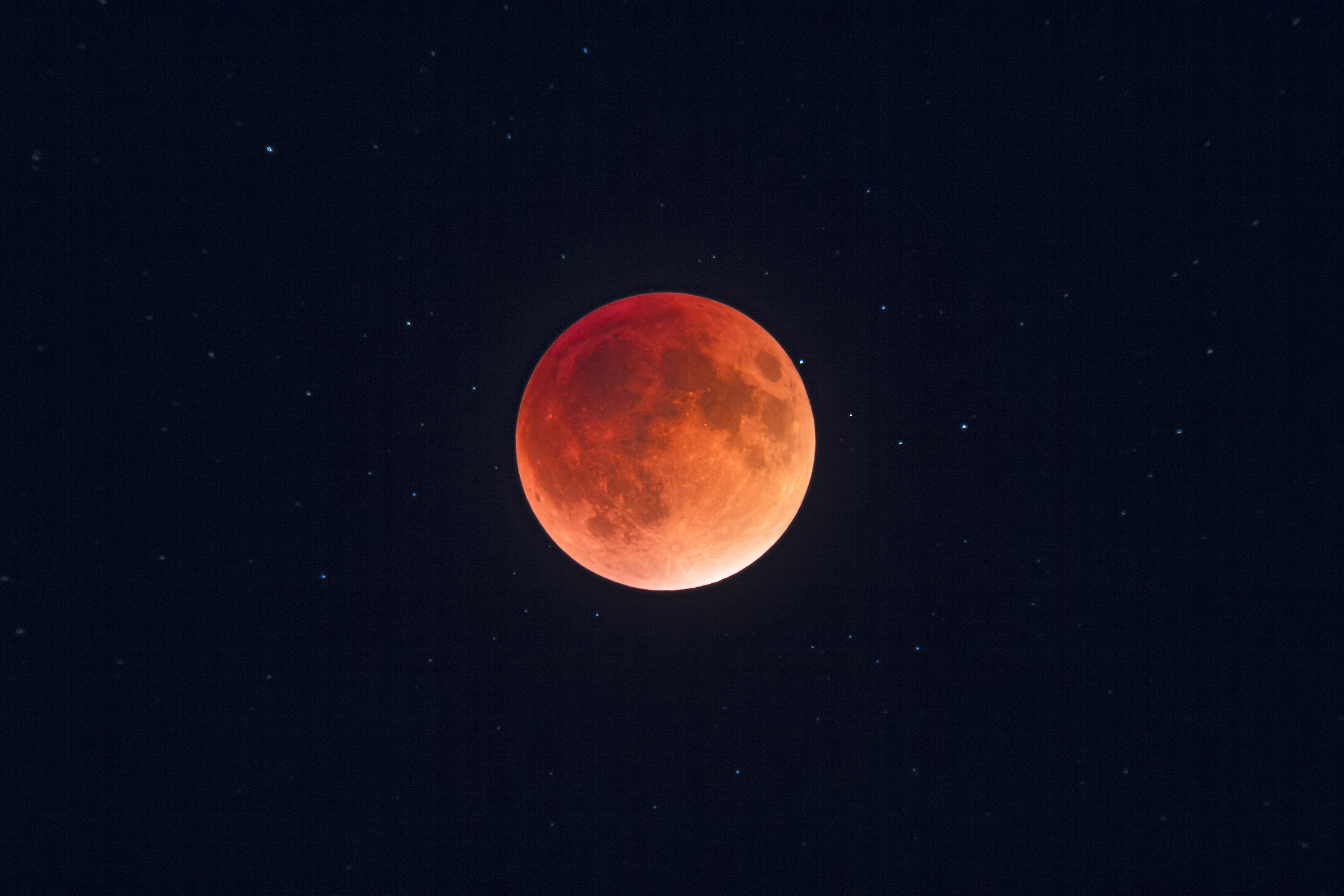
A super moon is a full moon or new moon that coincides with the moon's position at its closest to the Earth. Wednesday's super moon will be the second-closest full moon of the year, after the one that occurred on Jan. 1, Petro said. It will also be part of a "trilogy" of recent super moons, the first of which occurred on Dec. 3, according to NASA.
A blue moon is merely a "quirk in the calendar," as the second full moon in a month, Petro said, adding that there is "nothing really to see there."
In the early morning hours of Jan. 31, the moon will transform to a reddish hue as becomes completely submerged in the Earth's shadow, Petro said.
How to take the best photographs of the super blue blood moon
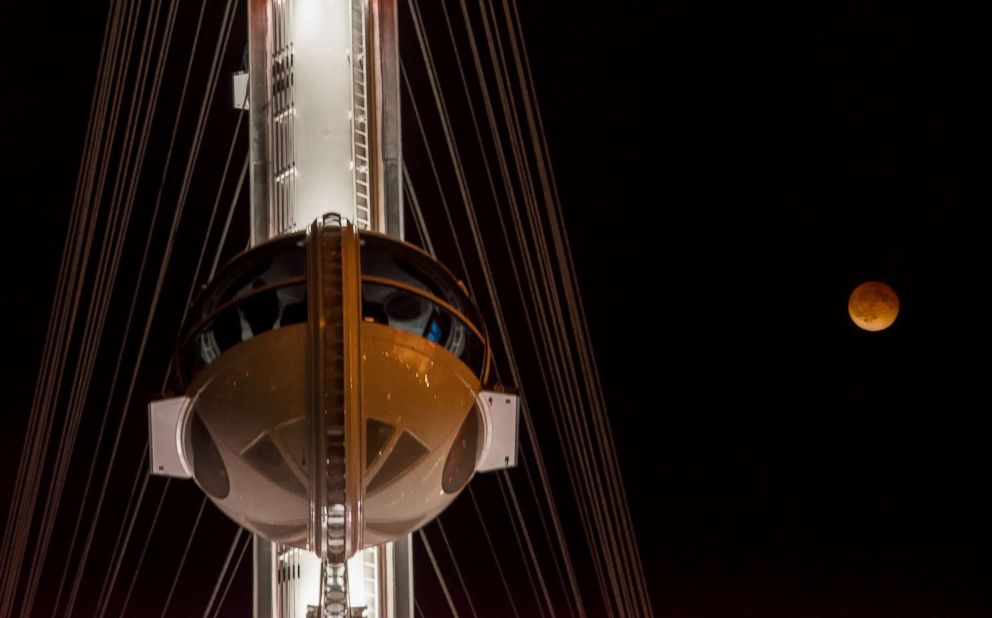
Expert advice: Put down the smartphone.
Taking a photo of the moon is "a little bit difficult," said Honda, the New York City-based photographer.
On the phone, the moon will be appear small on the screen, he said.
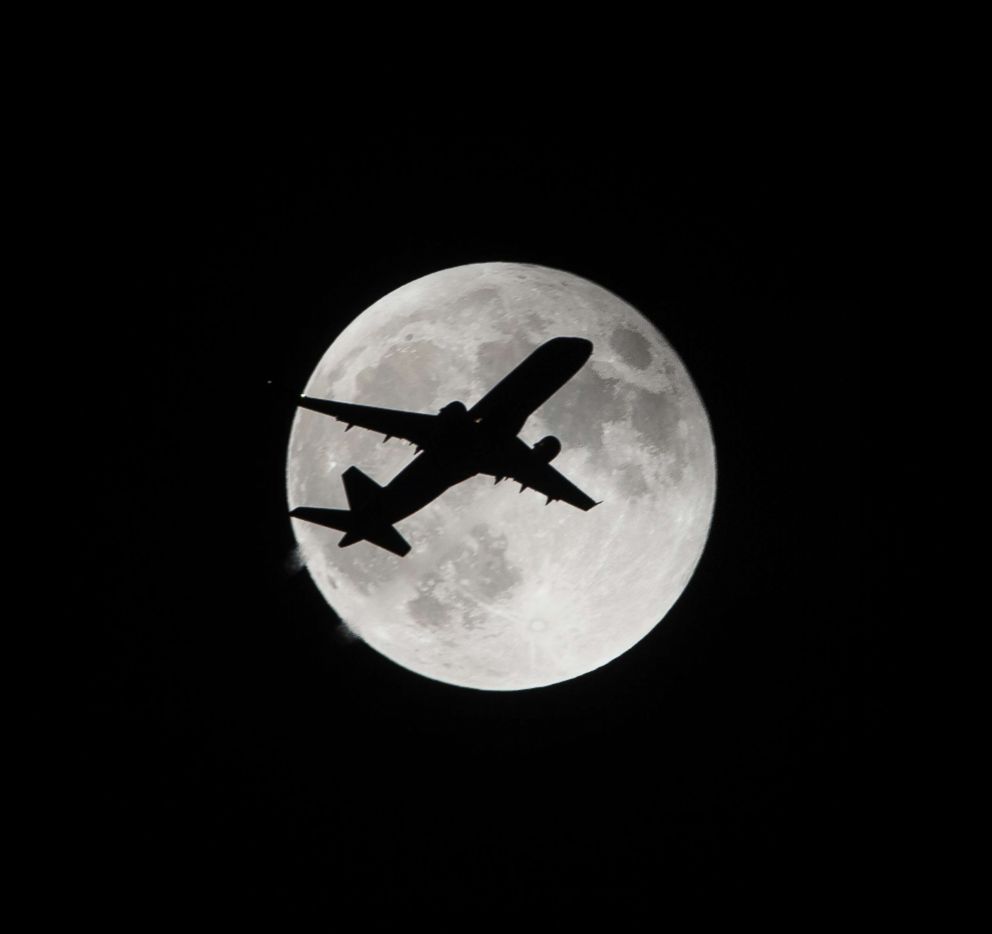
If a smartphone is the only photography tool available, Honda suggests that the best thing to do is to adjust your phone manually. Otherwise, the moon will appear like a "big blob."
Amateur photographers should brace themselves on a car or the side of a building to avoid a blurry picture, Honda said.
"That's a lot better than standing and holding your phone in your hands," he added. "That'll make it a lot steadier."
Find a landmark
Frame the super moon or lunar eclipse against some sort of landmark or landscape to put the moon in perspective, Honda said. Even a tree or background of a countryside will work, he said.
"Often times, those pictures are much better than a moon standing in the middle of the sky," Honda said.
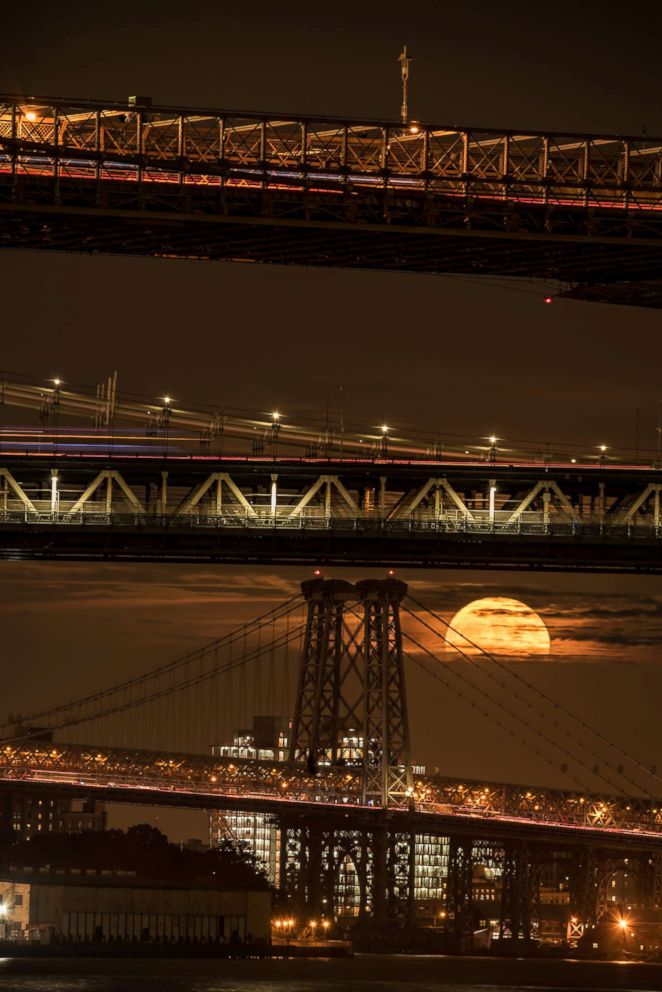
Biderman said to think about foreground and an aesthetic in which you "create more of a sense of place."
"Don't just think about shooting the moon in the sky," he said.
Biderman also suggested scouting locations before the actual event.
To photograph the super moon, go out during twilight hours on Jan. 30
A bright moon combined with a very dark sky is the "worst thing" for a photo due to the stark difference in contrast, Honda said.
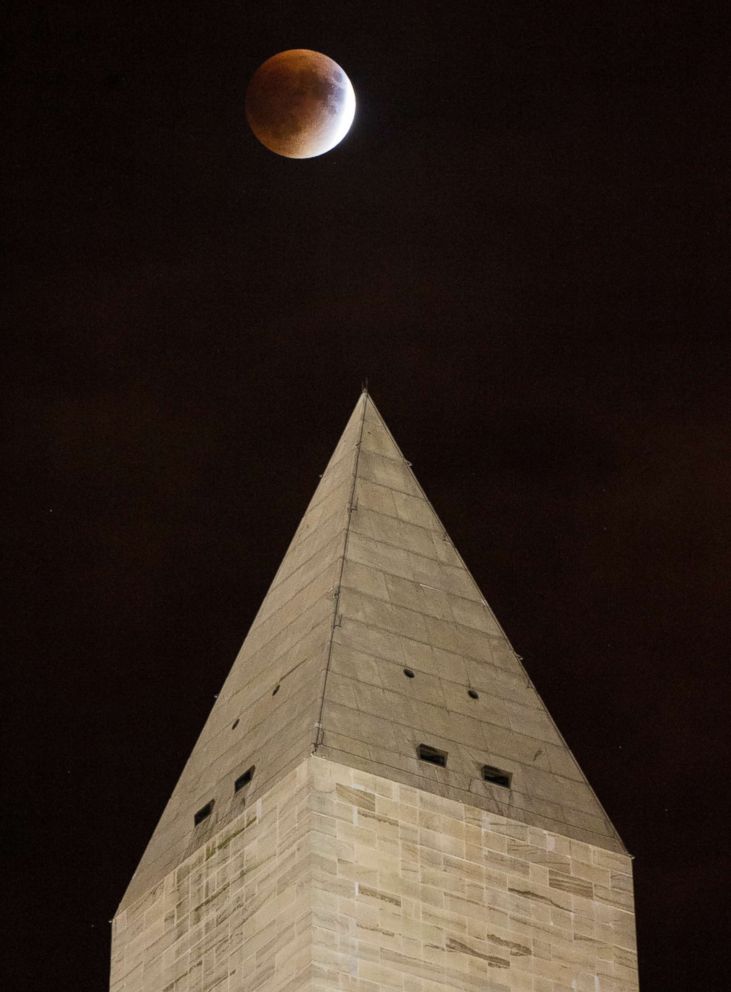
The super moon will be best photographed on Tuesday evening, before the sun has completely set, Biderman said.
"Whenever you want to shoot the full moon, it's always best to photograph it the day before the 100 percent full moon," he said.
Ideas for other types of shots
For a close-up of the moon, or what Biderman calls a "crater-licious shot" where the viewer can see the details of the moon, photographers can use a point-shoot camera with a big zoom or even a telescope, he said.
Another shot, which Biderman calls "star trails," can show an interesting perspective of the moon and its reflection over the water.
"It can have that sort of beacon in the night look," Biderman said, suggesting people to use a telephoto or wider lens.
